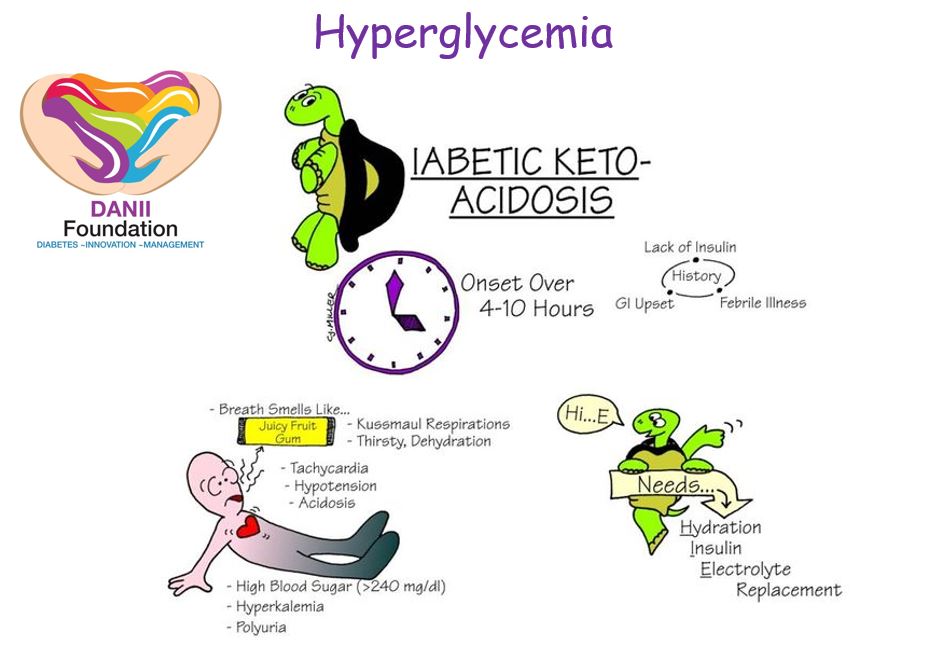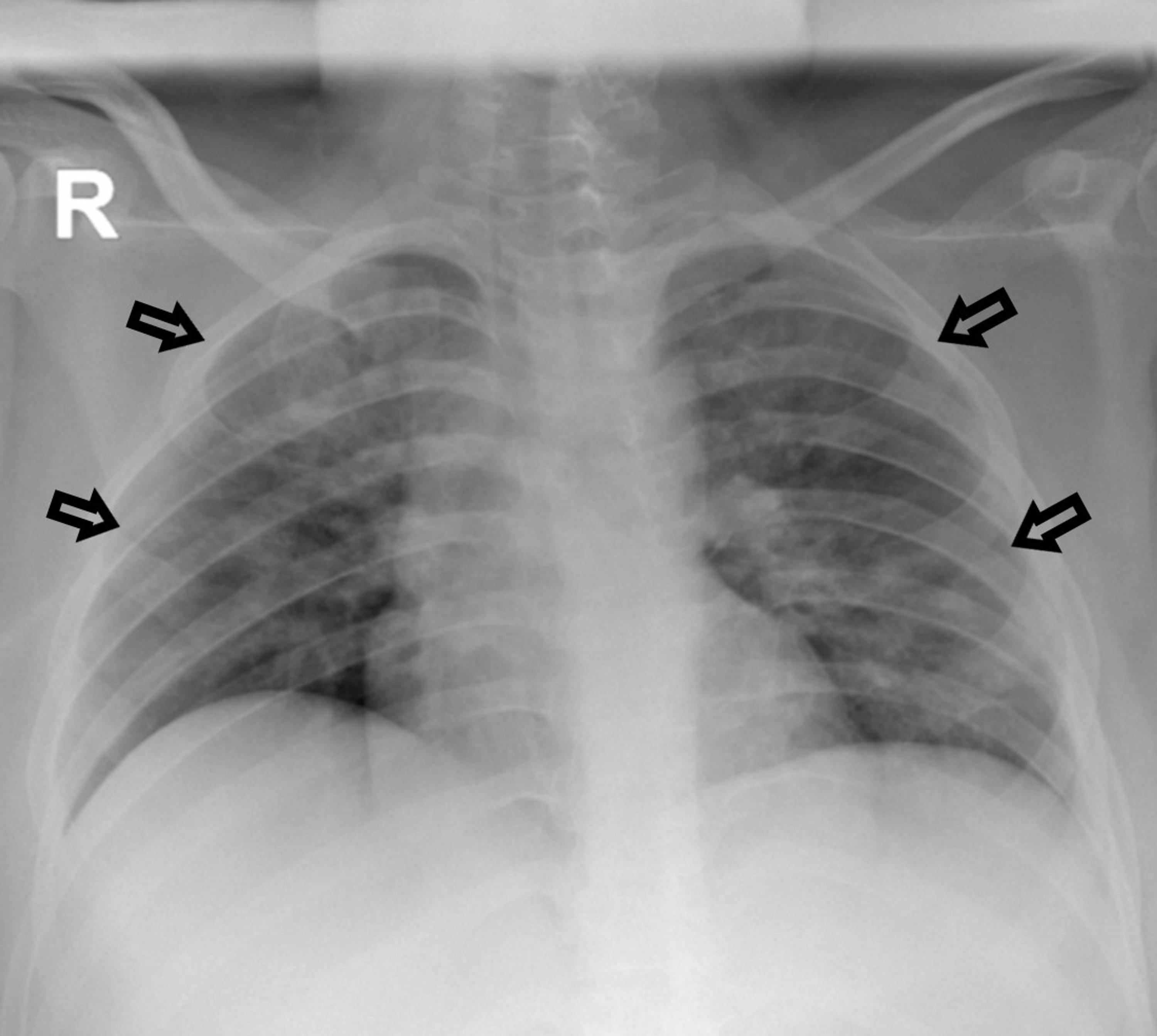can dka be treated at home Risk factors and prevention strategies for diabetic ketoacidosis in
Diabetic ketoacidosis (DKA) is a serious complication of diabetes that can be life-threatening if not promptly treated. It occurs when there is a lack of insulin in the body, leading to high blood sugar levels and the production of ketones. DKA is more commonly seen in individuals with type 1 diabetes, but it can also occur in those with type 2 diabetes. In this article, we will explore the risk factors associated with DKA and discuss preventive strategies to help individuals with diabetes avoid this potentially dangerous condition.
Risk Factors for Diabetic Ketoacidosis
DKA can develop in individuals who have poorly controlled diabetes or during times of increased stress on the body. The following are common risk factors that increase the likelihood of developing DKA:
- Poor medication adherence: Not taking insulin as prescribed or skipping doses can quickly lead to a state of diabetic ketoacidosis.
- Infection: Infections can cause insulin resistance, leading to increased blood sugar levels and the potential development of DKA.
- Missed insulin injections: Failing to take regular insulin injections can result in hyperglycemia and the onset of DKA.
- Illness or injury: Physical stressors on the body, such as illness or injury, can trigger the release of counter-regulatory hormones that increase blood sugar levels and may contribute to the development of DKA.
- Pregnancy: Pregnant women with diabetes are more susceptible to DKA due to hormonal changes and increased insulin resistance.
 Preventing Diabetic Ketoacidosis
Preventing Diabetic Ketoacidosis
While DKA can be a life-threatening condition, there are several preventive strategies that individuals with diabetes can adopt:
Maintain proper medication adherence
Consistently taking prescribed medications, including insulin or oral anti-diabetic medications, is crucial for preventing episodes of DKA. It is essential to follow the recommended dosage and timing provided by healthcare professionals.
Monitor blood sugar levels regularly
Regularly monitoring blood sugar levels allows individuals to detect any changes or abnormalities early on. This enables prompt intervention before blood sugar levels reach dangerous levels.
 Seek medical attention for illness or injury
Seek medical attention for illness or injury
During times of illness or injury, it is crucial to seek medical attention promptly. Working closely with healthcare professionals helps ensure appropriate management and treatment, reducing the risk of developing DKA.
Stay well-hydrated
Dehydration can contribute to the development of DKA. It is essential to drink an adequate amount of fluids, especially during periods of illness, to maintain hydration levels.
Educate yourself and others
Knowledge is power when it comes to managing diabetes and preventing DKA. Continual education and awareness about the condition, its signs and symptoms, and appropriate management strategies are crucial in minimizing the risk of DKA.
In conclusion, understanding the risk factors associated with diabetic ketoacidosis and adopting preventive strategies can significantly reduce the likelihood of developing this life-threatening condition. By maintaining proper medication adherence, monitoring blood sugar levels regularly, seeking medical attention when needed, staying well-hydrated, and educating oneself about diabetes management, individuals with diabetes can take control of their health and minimize the risk of DKA. Remember, early detection and prompt intervention are key in effectively managing diabetes and leading a healthy, fulfilling life.
If you are looking for Hyperglycemia DKA (Ketoacidosis) & Ketones - Diabetes - Innovation you’ve visit to the right web. We have 5 Images about Hyperglycemia DKA (Ketoacidosis) & Ketones - Diabetes - Innovation like Diabetic ketoacidosis (DKA) | Ketosis symptoms and treatment | Diabetes UK, DKA Recognition and ED Management | Emergency Medicine Cases and also Risk factors and prevention strategies for diabetic ketoacidosis in. Here you go:
Hyperglycemia DKA (Ketoacidosis) & Ketones - Diabetes - Innovation
 danii.org.auketoacidosis dka diabetic hyperglycemia ketones lead coma death danii hypo serious passing condition au cycle
danii.org.auketoacidosis dka diabetic hyperglycemia ketones lead coma death danii hypo serious passing condition au cycle
Diabetic Ketoacidosis (DKA) | Ketosis Symptoms And Treatment | Diabetes UK
 www.diabetes.org.ukDKA Recognition And ED Management | Emergency Medicine Cases
 emergencymedicinecases.comdka management potassium recognition ed hypokalemia therapy
emergencymedicinecases.comdka management potassium recognition ed hypokalemia therapy
Risk Factors And Prevention Strategies For Diabetic Ketoacidosis In
 www.thelancet.comrisk dka factors
www.thelancet.comrisk dka factors
Cureus | New-Onset Diabetes Mellitus Presenting As Diabetic
 www.cureus.cominfiltrates onset ketoacidosis presenting diabetic mellitus bilateral
www.cureus.cominfiltrates onset ketoacidosis presenting diabetic mellitus bilateral
Infiltrates onset ketoacidosis presenting diabetic mellitus bilateral. Dka recognition and ed management. Risk dka factors